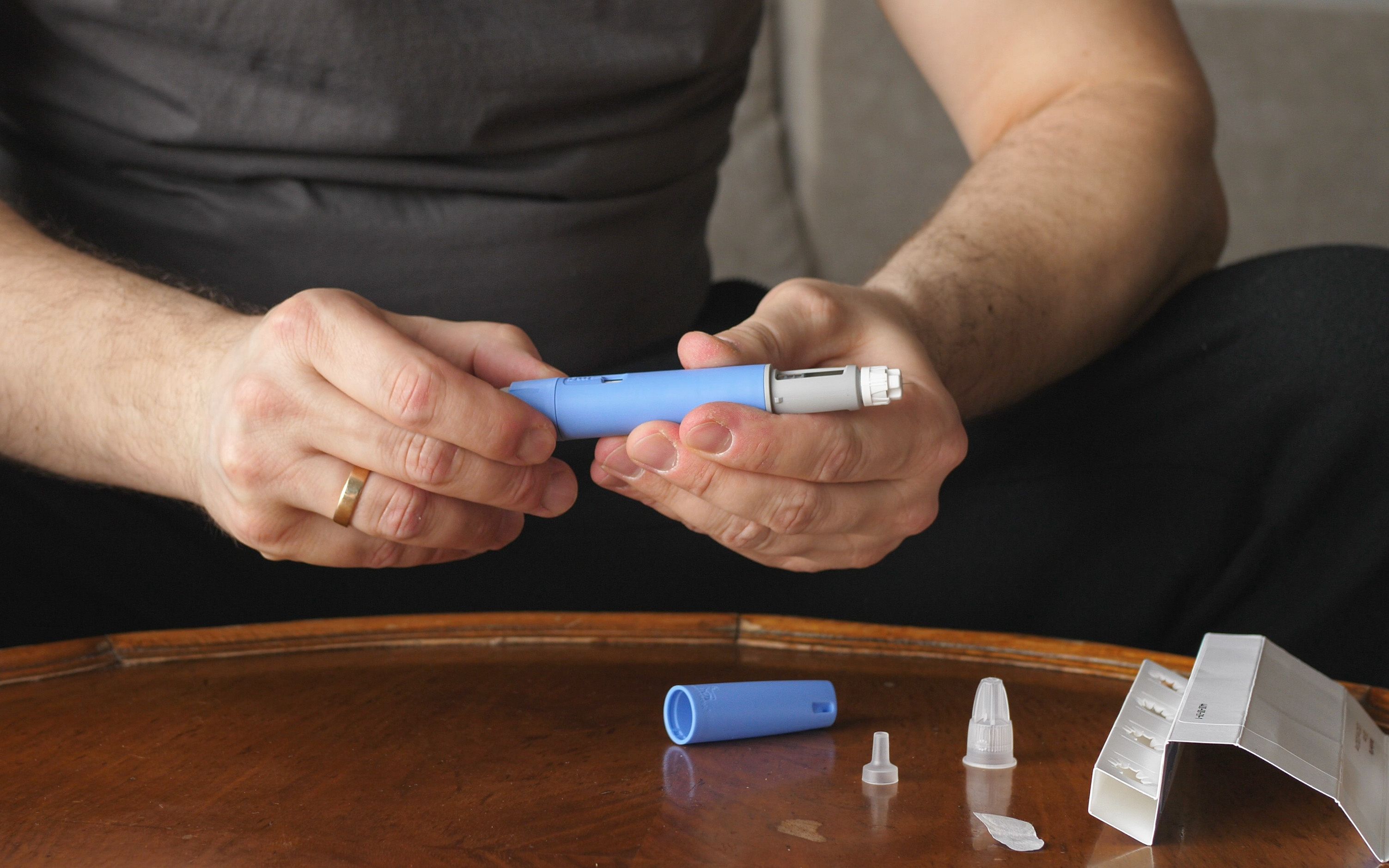- Case-Based Roundtable
- General Dermatology
- Eczema
- Chronic Hand Eczema
- Alopecia
- Aesthetics
- Vitiligo
- COVID-19
- Actinic Keratosis
- Precision Medicine and Biologics
- Rare Disease
- Wound Care
- Rosacea
- Psoriasis
- Psoriatic Arthritis
- Atopic Dermatitis
- Melasma
- NP and PA
- Skin Cancer
- Hidradenitis Suppurativa
- Drug Watch
- Pigmentary Disorders
- Acne
- Pediatric Dermatology
- Practice Management
- Prurigo Nodularis
- Buy-and-Bill
Article
Tips for defining your brand
Your brand identity is a communication to the world at large of who you are – as a physician, practice, product, and business. If done successfully, the creation of a strong brand identity resonates through all aspects of the practice – the website, logo, clinic space, staff, physician, and any of the associated ventures. Here, Tracy Drumm, Vice President of IF Marketing, offers tips relating to brand identity.
The brand identity of a dermatology practices encompasses both the culture of the office as well as the vision of the organization. It is a communication to the world at large of who you are – as a physician, practice, product, and business.
It is likely that few offices take the time to really negotiate through the process of developing a solid brand identity. If done successfully, the creation of a strong brand identity resonates through all aspects of the practice – the website, logo, clinic space, staff, physician, and any of the associated ventures.
Tracy Drumm, Vice President of IF Marketing, is a frequent lecturer and consultant on the topic of brand identity. In her opinion, the most important aspect in establishing a brand identity is recognizing that the physician and staff make up the brand identity. Below, she offers some more tips relating to brand identity:
- To define your brand, complete a brief checklist of marketing elements needed to form your brand. These include a logo, a tagline, a mission, and finally an elevator pitch.
- Consider what distinguishes you from the competition in developing your brand identity. The market is becoming more saturated over time, and practices that have been proactive about deciding what they want patients to feel will be best positioned for success.
- Core brand elements described above drive brand loyalty (and keep patients coming back to your practice).
Next: When should you begin thinking about brand identity?
So when is the best time for a dermatology practice to think about brand identity? The ideal way is at the onset of the practice’s creation. I had the rare opportunity to think of brand identity when I started my solo practice two years ago. In the process of loan applications, I had to develop a comprehensive business plan including strategies for financial success. I was forced to perform a SWOT analysis (Strengths, Weaknesses, Opportunities, and Threats) which provided my strategic approach to the local practice. It also allowed me to think a lot of who I was as a physician and what image I wanted to portray to the community at large. From this, I constructed my website, my clinic space, and all of the supplementary internal and external marketing materials. One space, whether virtual or real, feels like the other, and is a successful example of brand identity integration into a dermatology practice.
In reality, most practices are already established and Tracy Drumm explains that she must work in reverse to establish brand identity. In this instance, a checklist is completed in relation to items that should encompass the practice brand. Marketing needs are considered in order to focus on what the physician wants. In this case, you are building a brand to hopefully appeal to a target group of people and therefore they need to be considered during the branding process.
Melanie D. Palm, M.D., is director of Art of Skin MD in Solana Beach, Calif.





